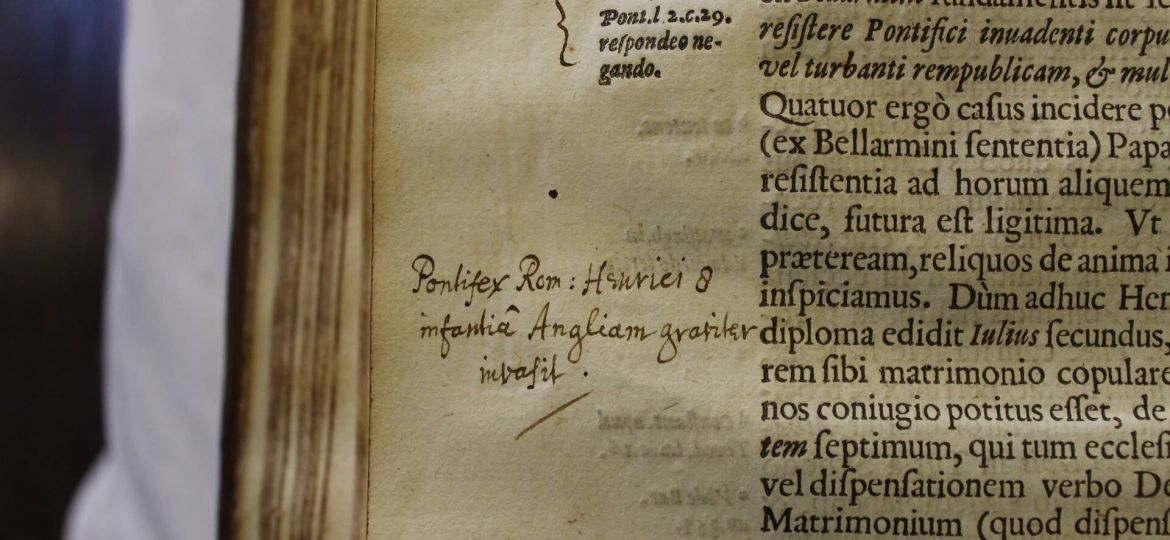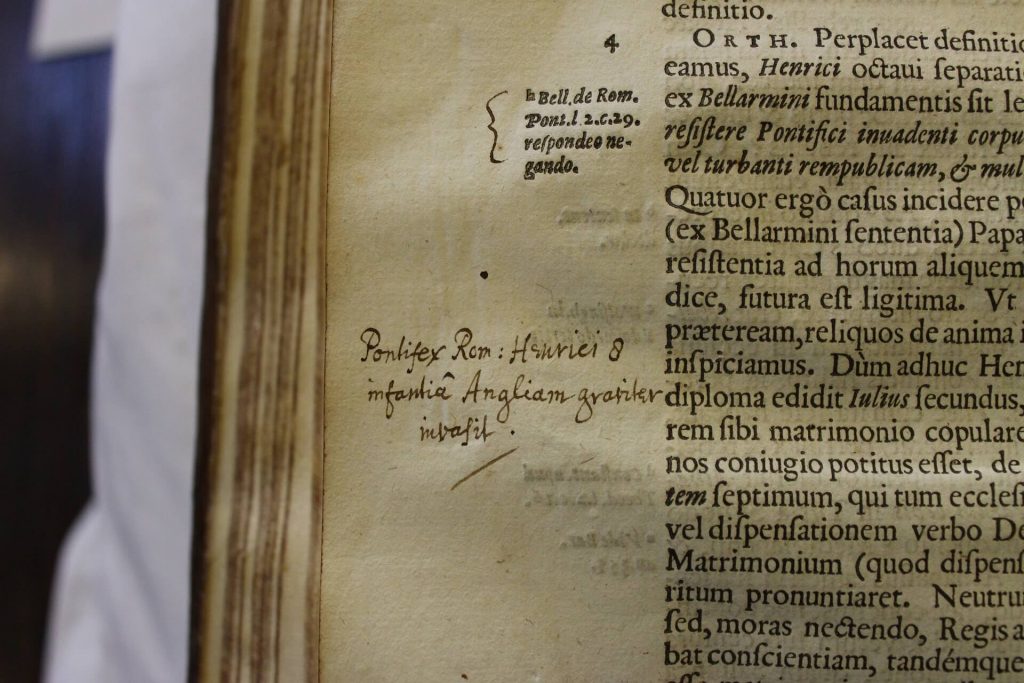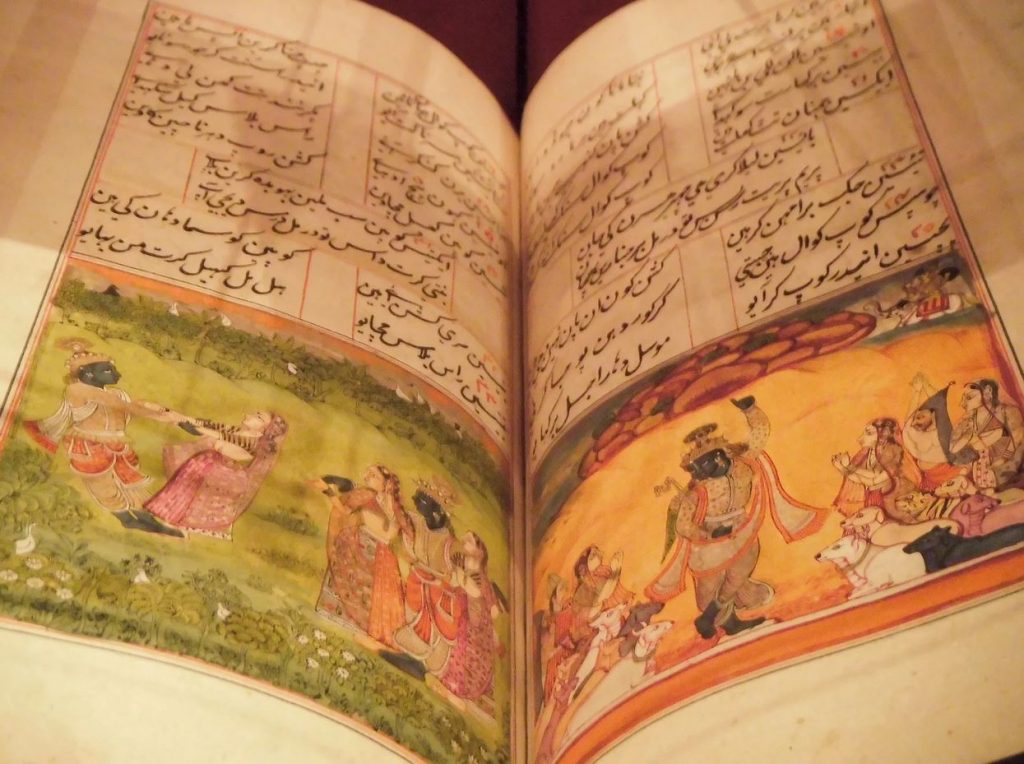

How to make the right choice to digitize books with fragile bindings
During their digitization process, many libraries, archives and other cultural institutions often have to deal with the digitization of rare and delicate bound materials which cannot be opened flat at 180° angle without risking irreparable damage to the spine, and hence require the use of a special V Shaped cradle. Today, there is a wide variety of solutions on the market to manage the digitization of those precious and fragile bound materials and there are several criteria to consider when choosing the best equipment for a project based on its specific needs.
DIY (Do It Yourself) scanners and derivate systems
A first option that is mainly adopted by small cultural institutions with small budgets and small scale projects but also by individuals who are interested in digitizing their own personal books is the DIY scanner. The DIY (Do It Yourself) system consist in mounting your own structure from scratch or purchasing it in a kit. Commonly, a DIY scanner kit comprises a rig, a lighting and a glass plate. Once the rig is mounted, two digital SRL (Single-Lens Reflex) cameras are fixed to the structure. The digitization process is usually fully manual and the system will capture images of the even and odd pages simultaneously. Cameras and lighting must be accurately set to avoid as much as possible problems with shadows and glare, and the size of the materials that can be scanned without needing new settings is quite limited. While several open-source software have been developed to control these constructions, having some programming knowledge is also required. In contrast to commercial book scanners that come with dedicated and specialized software, digitizing with this type of equipment will also mean more hands-on processing tasks after scanning (e.g. metadata management, quality control, image processing, etc.). It is probably the most affordable solution but at the expense of higher complexity of the daily process and productivity.
Digital Camera Backs
In a similar way and in addition to using commercial book scanners, many cultural institutions involved in digitization use high-end professional digital cameras and digital backs fixed on copy stands or tripods to photograph materials resting on V-Shaped cradles. These systems provide much more flexibility when having to deal with documents that have a variety of digitization issues. Yet, compared to a V-cradle book scanner, the whole process, from correctly adjusting the camera and the lighting, to making the correct camera settings and holding the document to the post-processing phase (e.g. often including conversion from RAW format files to TIFF format files and fine cropping) takes a considerable amount of time and effort and also requires a good level of knowledge in photography. The use of flash lighting, which is often the case with these systems, can also be quite challenging for operators for large digitization projects.
Commercial V-Shaped book scanners
Specialist overhead or planetary V-Shaped book scanners are often preferred to digitize fragile bound volumes since they include built-in features to handle and digitize delicate materials as well as offer a more ergonomic and user-friendly environment for operators. In fact, V-Shaped book scanners are specially designed to apply the absolute minimum pressure to the volumes during the digitization process. These scanners feature auto-adjusting book cradles (with or without a glass plate), non-heat LED lighting system and they come with specialized software for bound material scanning.
In addition to the standard requirements such as maximum format and thickness, resolution and speed, listed below are some additional criteria that should be taken into consideration when evaluating a V-Shaped book scanner:
- Camera type: SRL/DSRL (Digital Single-Lens Reflex) or linear/area scan camera. Each camera has its pros and cons and what is important to know is that all SRL or DSRL cameras come with a mechanical shutter which needs to be replaced every 50 000 to 100 000 shots depending on model. In addition, when these cameras are used in such scanning configurations, the shutter usually breaks before reaching these numbers since these cameras are not meant to be used in a vertical position and so the shutter gets damaged more quickly.
- Angle of aperture: What is the minimum angle of aperture and is the angle of aperture fixed or adjustable? The angle of aperture can be an important criterion when having tight-bound books that can only be opened at a very small angle. The more obtuse the angle of aperture is, the more difficult it is to capture the texts that sit very deep in the gutter of the book.
- Dead angle: when digitizing in a V-Shape with the use of a glass plate, there will be a loss of information in the gutter as the glass junction will hide a part of the information. The less important is the dead angle, the more the image will match the original.
- Method for holding pages: fingers, clamps or a glass plate. When a scanner digitizes two pages at a time at a restricted angle, it is very likely that the pages of the book will have to be held opened during the process. The use of a glass plate will allow pages to be flattened and avoid issues with curvature correction. The use of fingers or clamps will require post-processing and won’t be a suitable option when digitizing books with text close to the border or for documents including marginal notes.
- Percentage of tight-bound books to digitize among the entire collections. When an institution has only a small volume of their collections with a tight and fragile binding, a good option can be to acquire a book scanner including a V-Shaped book holder as an accessory. When using a V-Shape book holder accessory, the scanner will digitize one page at a time, first all the recto pages and then all the verso pages. The scanner’s software will have to be set to order the pages in even or odd sequences. The process is more time consuming but the solution is much more flexible since it allows to use a single scanner for digitizing fragile bound documents as well as larger or flat materials.
- Moving parts and Consumables. Does the scanning head come in direct contact with the documents which can be damaged with the dust from the books? What are the moving parts? Is the lighting system static? What about the camera head? Fewer moving parts in the system leads to another important difference. A scanner, with fewer moving parts, will require less maintenance and will be more reliable.
- Presence of fold-outs. It is not unusual to come upon fold-outs or inserts during the digitization process. Fold-outs are usually very large when unfold and need to be marked and noted to be digitized separately. There are some specific V-Shape scanners that will allow to digitize books at a restricted angle while also offering the possibility to digitize large fold-outs.
- Possibility to digitize brilliant documents. Problems of glare and reflections are a common issue during digitization and it is even more the case when digitizing at a restricted angle since the light source will reflect in the opposite page. The 120° angle is the only aperture angle which prevents reflections between opposite pages. An anti-glare feature can also be a plus.

To conclude, there are several solutions to digitize bound materials at a restricted angle and it is necessary to evaluate several elements to select the most suitable system for one’s collections. Standard specifications relative to the resolution, format and budget, while important, are not the only elements to take into consideration.
